Linked Mode is joining of Multiple vCenter Servers. you can join multiple vCenter Server systems using vCenter Linked Mode to allow them to share information. When a server is connected to other vCenter Server systems using Linked Mode, you can connect to any vCenter Server system and view and manage the inventories of all the vCenter Server systems that are linked.
Linked Mode
Uses Microsoft Active Directory Application Mode (ADAM) to store and synchronize data across multiple vCenter Server systems. ADAM is installed automatically as part of vCenter Server installation. Each ADAM instance stores data from all the vCenter Server systems in the group, including information about roles and licenses. This information is regularly replicated across all the ADAM instances in the connected group to keep them in sync.
Enhanced Linked Mode
Introduced in vSphere 6.0 and replaces the existing Linked Mode capability, this was needed as VMware wanted to provide the Linked Mode capability for both Windows-based vCenter Server as well as the vCenter Server Appliance (VCSA). ELM provides customers with single administrative domain across multiple vCenter Servers within a single SSO Domain and can only be configured during installation of vCenter Server, post-deployment is NOT supported.
The following are the configuration maximums for vCenter Enhanced Linked Mode:
- For vCenter Server Appliance with embedded Platform Services Controller deployments, you can join up to 15 nodes in one vSphere Single Sign-On domain.
- For vCenter Server with external Platform Services Controller installations, you can join up to 10 external Platform Services Controller and 15 vCenter Server systems in a single vSphere Single Sign-On domain.
- Ability to replicate security principles and product licenses across all vCenter instances.
- You can also migrate virtual machines across clusters on separate vCenter instances; subject to network limitations.
- Enhanced linked mode support for vCenter Server Appliance deployments with an embedded Platform Services Controller is not supported for Windows vCenter Server installations. vCenter Enhanced Linked Mode for vCenter Server Appliance deployments with an embedded Platform Services Controller is supported starting with vSphere 6.5 Update 2 and suitable for most deployments.

Hybrid Linked Mode (HLM)
Is a feature available only for VMware Cloud on AWS. HLM provides the ability to extend an administrator’s management view from on-premises to VMware Cloud on AWS.
Install and Configure vCenter and ELM
In this blog I will brief you how to link second VCSA with embedded PSC and configure ELM so that we can manage both vCenter instance by connecting to any vCenter Web UI. Below link will help you to install and configure the vCSA appliance for the first time.
https://www.vexpert.cloud/vcsa-6-7u2-install-configure/
I will deploy the OVA file of the vCenter 6.5 U2 appliance. Mount the ISO and navigate to the \vcsa-ui-installer\ directory and then to the required subdirectory for your OS:
I’m running my deployment from a Windows machine so I will run \vcsa-ui-installer\ win32\installer.exe
Select Install from the vCenter Server Appliance 6.7 Installer

Click Next on Introduction page

Accept the EULA and click Next

Select the vCenter Server with an Embedded Platform Services Controller radio button and Click Next

Enter the ESXi host FQDN where you would like the new vCSA 6.7 appliance deployed and Click Next

Click Yes on the Certificate Warning to continue.
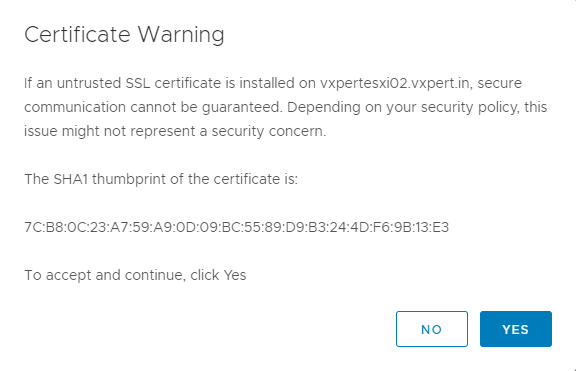
Enter the name for the VCSA appliance VM and set a root password and Click Next
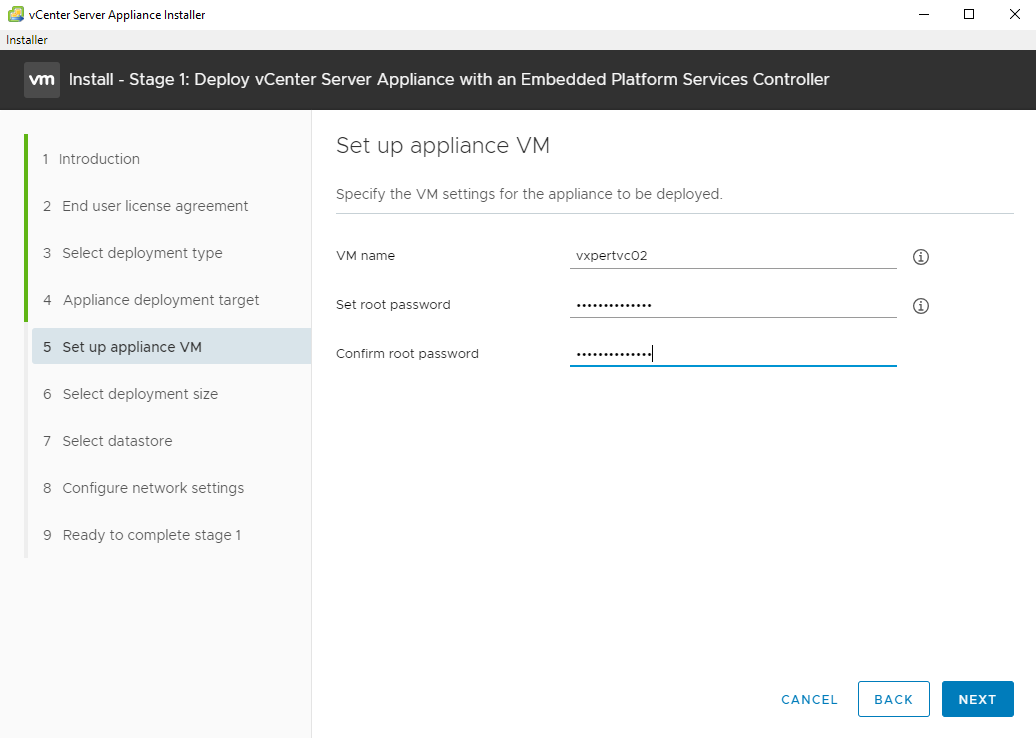
Select the deployment size you would like for your environment and click Next
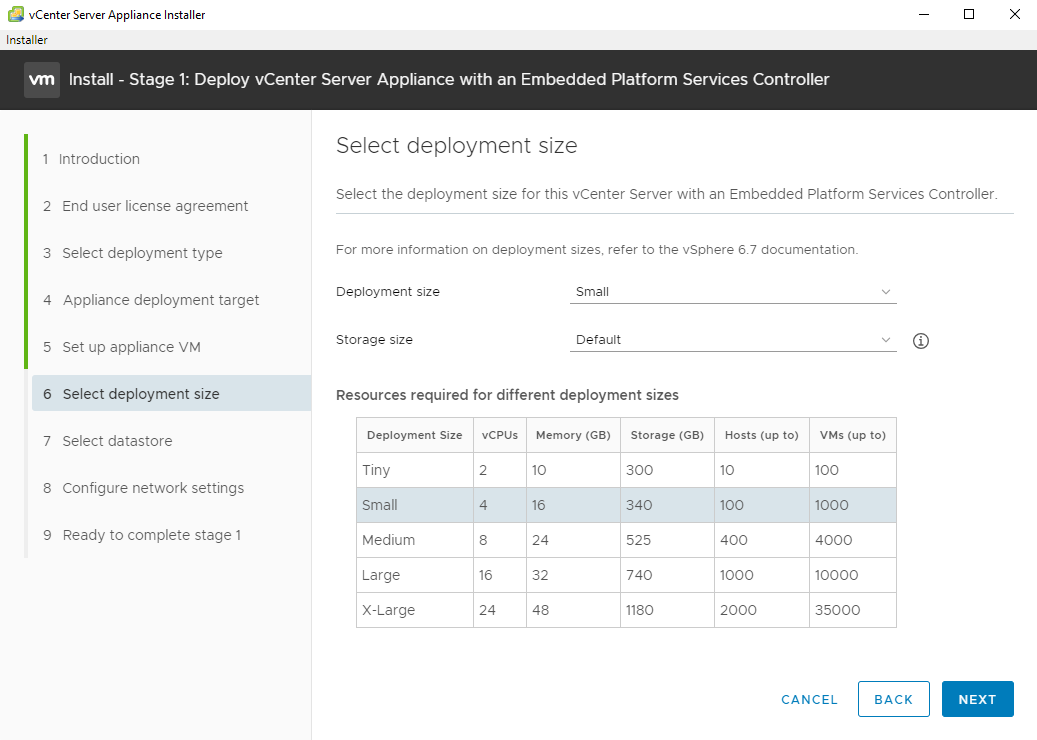
Select a datastore for the VCSA and Click Next

Enter the required network configuration and Click Next
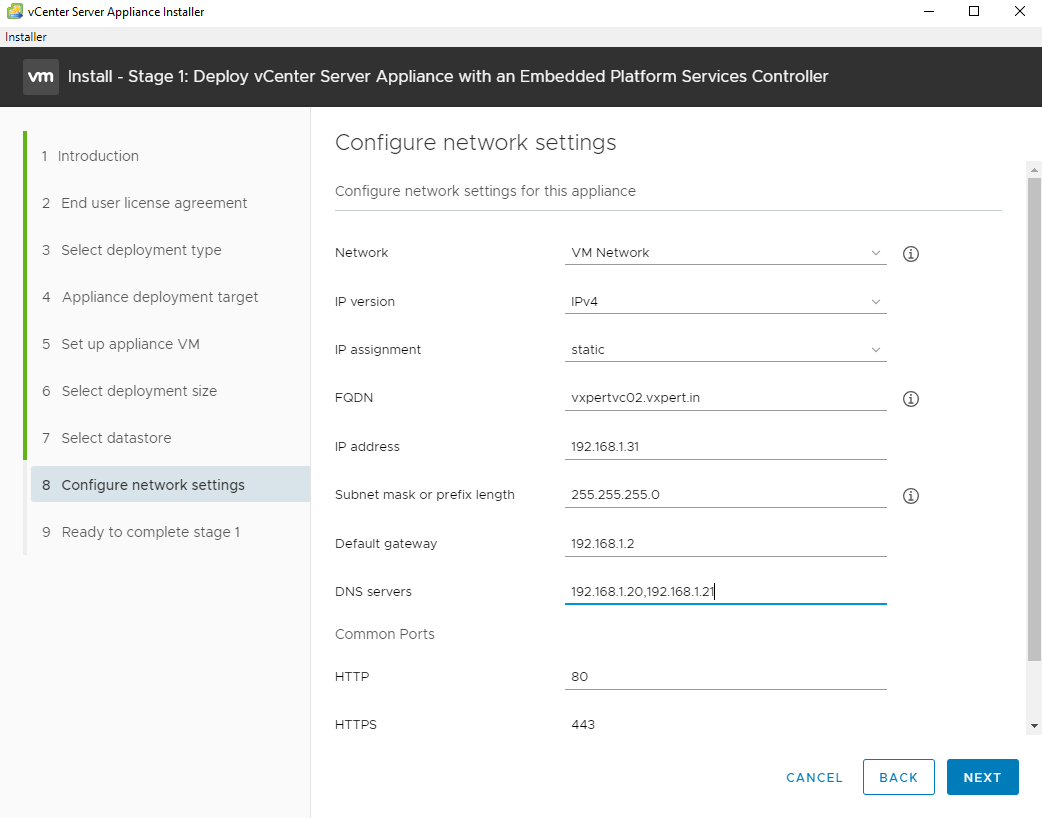
Note: – Make sure DNS entry is available for the FQDN you provided
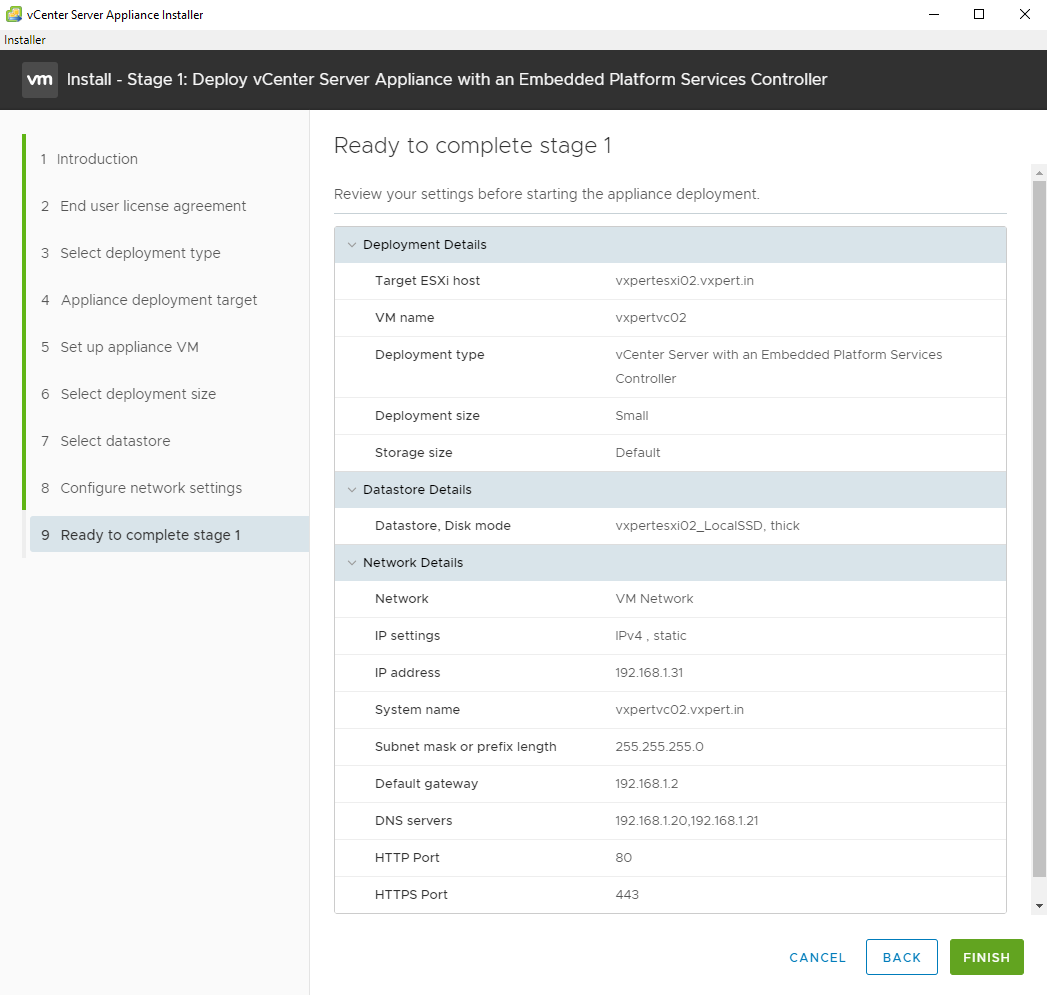
Review the Summery and click Finish to proceed the appliance deployment

vCSA is deployed in the specified target ESXi host.

Once complete successfully, click Continue to continue the installation or you can also exit the wizard and continue the installation at any time by typing in below URL in image in browser
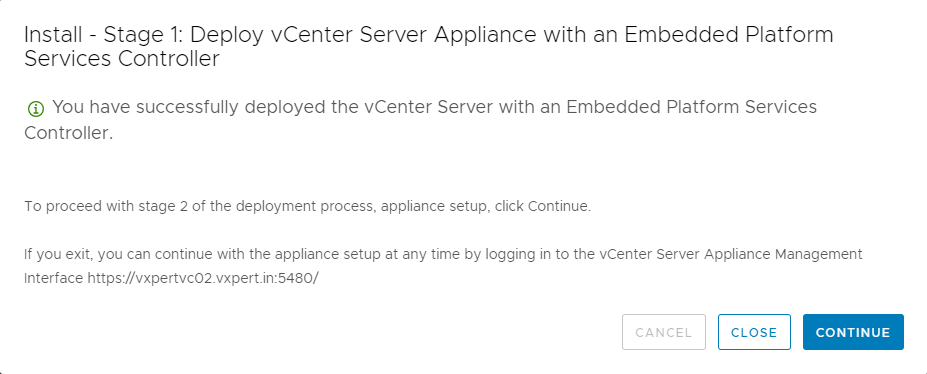
Click Next to begin the configuration process

To avoid configuration and authentication issues, specify the NTP Server and optionally enable the SSH access. Click Next.
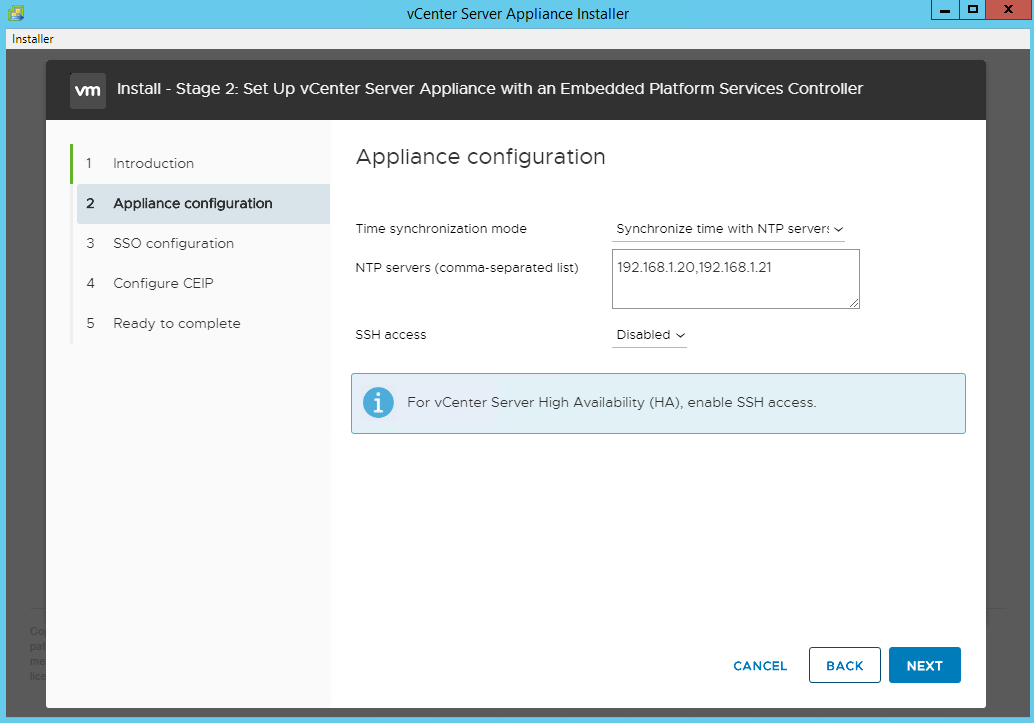
Select the Join an existing SSO domain radio button to join the existing SSO domain of the first deployed Embedded PSC VCSA appliance and click Next
Enter the FQDN of the first VCSA with Embedded PSC: vxpertvc01.vxpert.in
Enter the HTTPS port: 443
Enter the Single Sign-On name: vsphere.local
The Single Sign-On user name is administrator and cannot be changed
Enter the Single Sign-On password
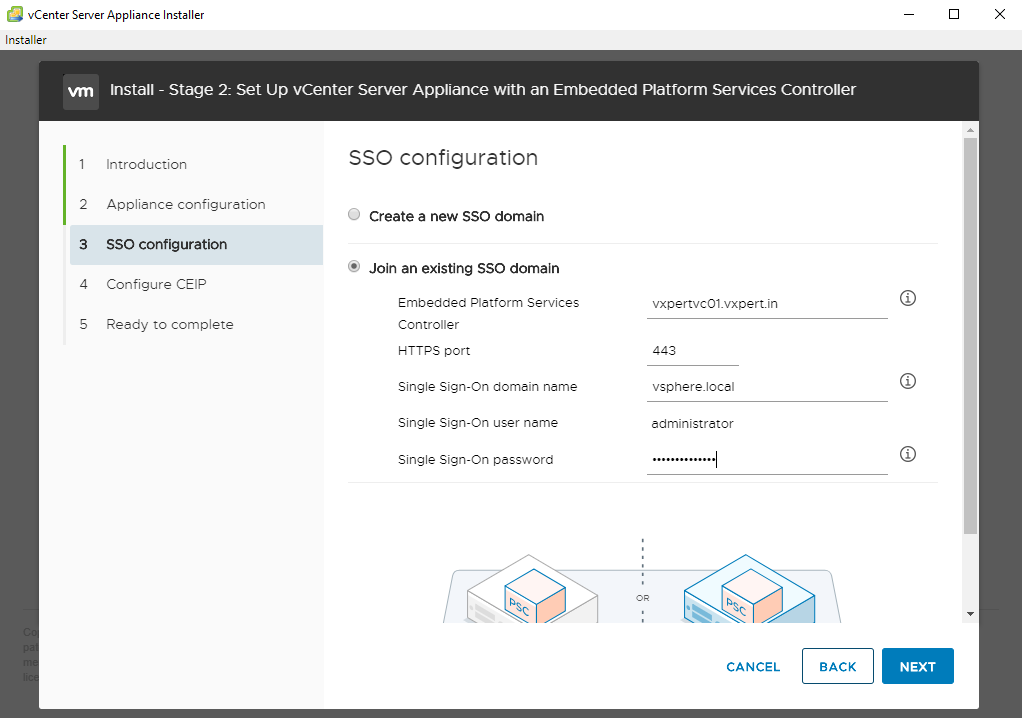
Select the checkbox if you would like to join the VMware Customer Experience Improvement Program and Click Next

Review the summery and click Finish to complete the configuration
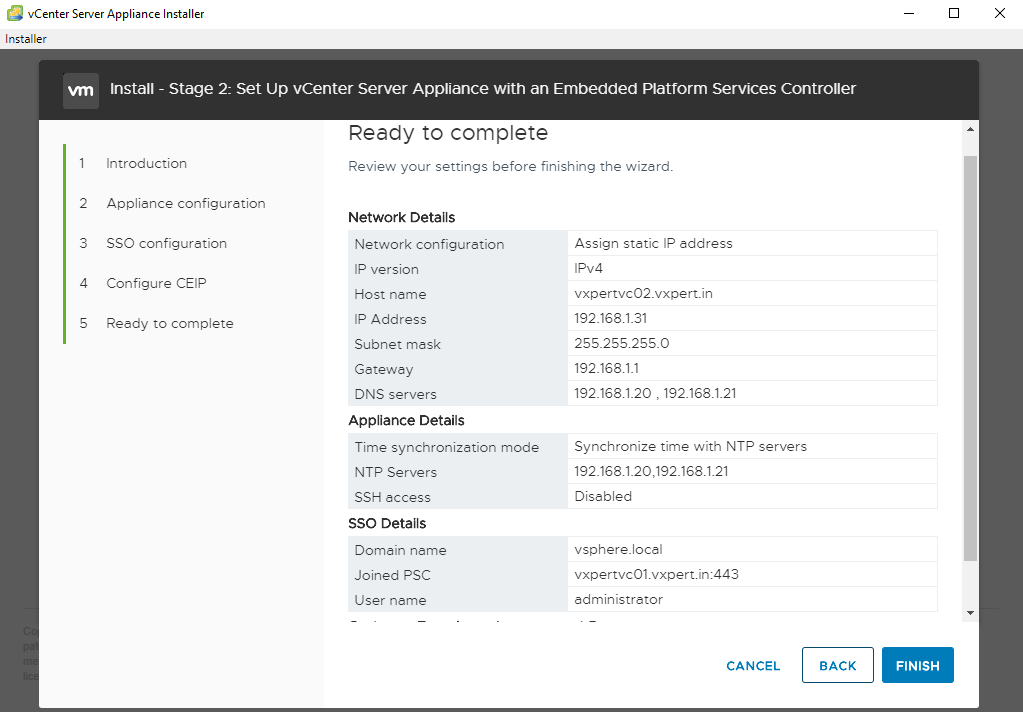
Click OK to proceed.
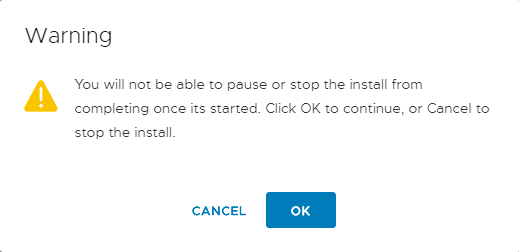
The setup will continue the configuration.

Once setup complete, Click Close to exit the wizard.
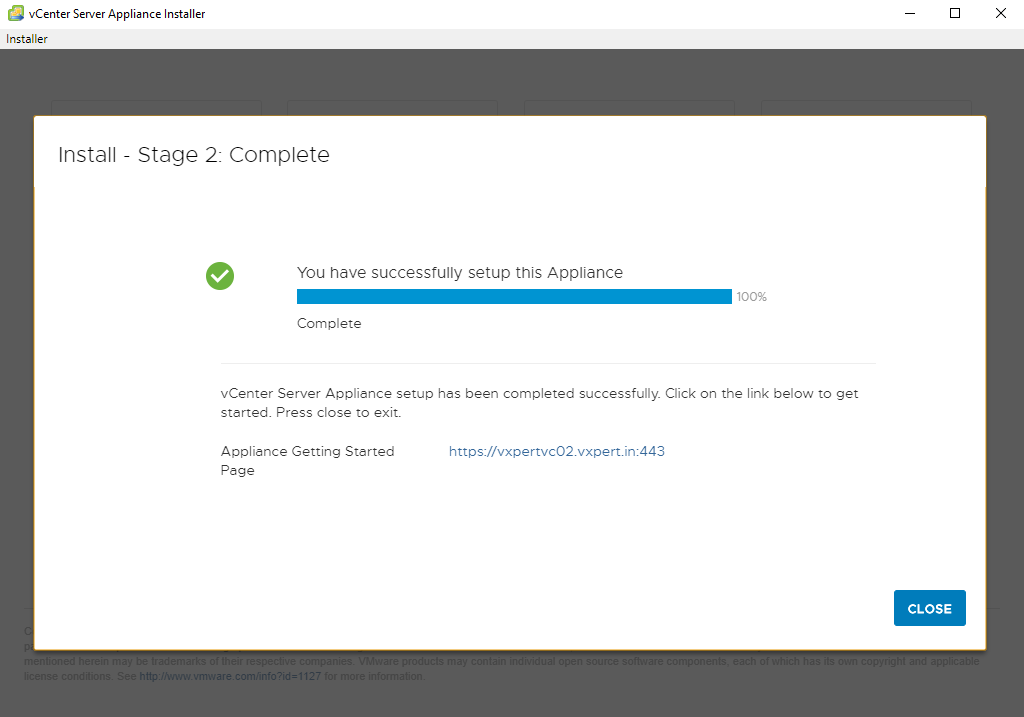
Once complete you can login to any vCenter Server and can click Linked vCenter Server Systems to validate Enhanced Linked Mode


Also, you can add inventories to newly deployed vCenter and manage same with single console.

Thanks,
If you have any comments, please drop me a line.
I hope this article was informative, and don’t forget to buy me a coffee if you found this worth reading.



Leave a Reply